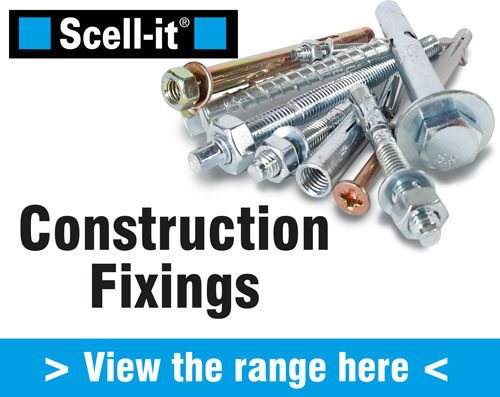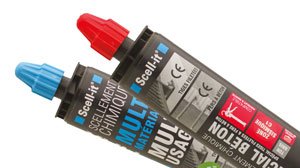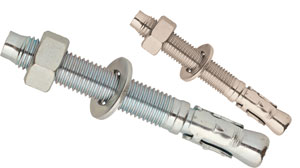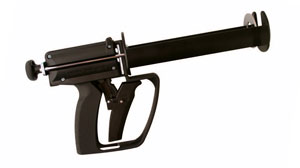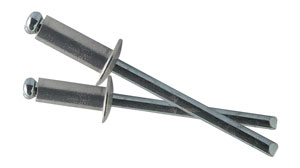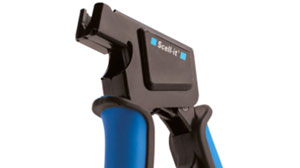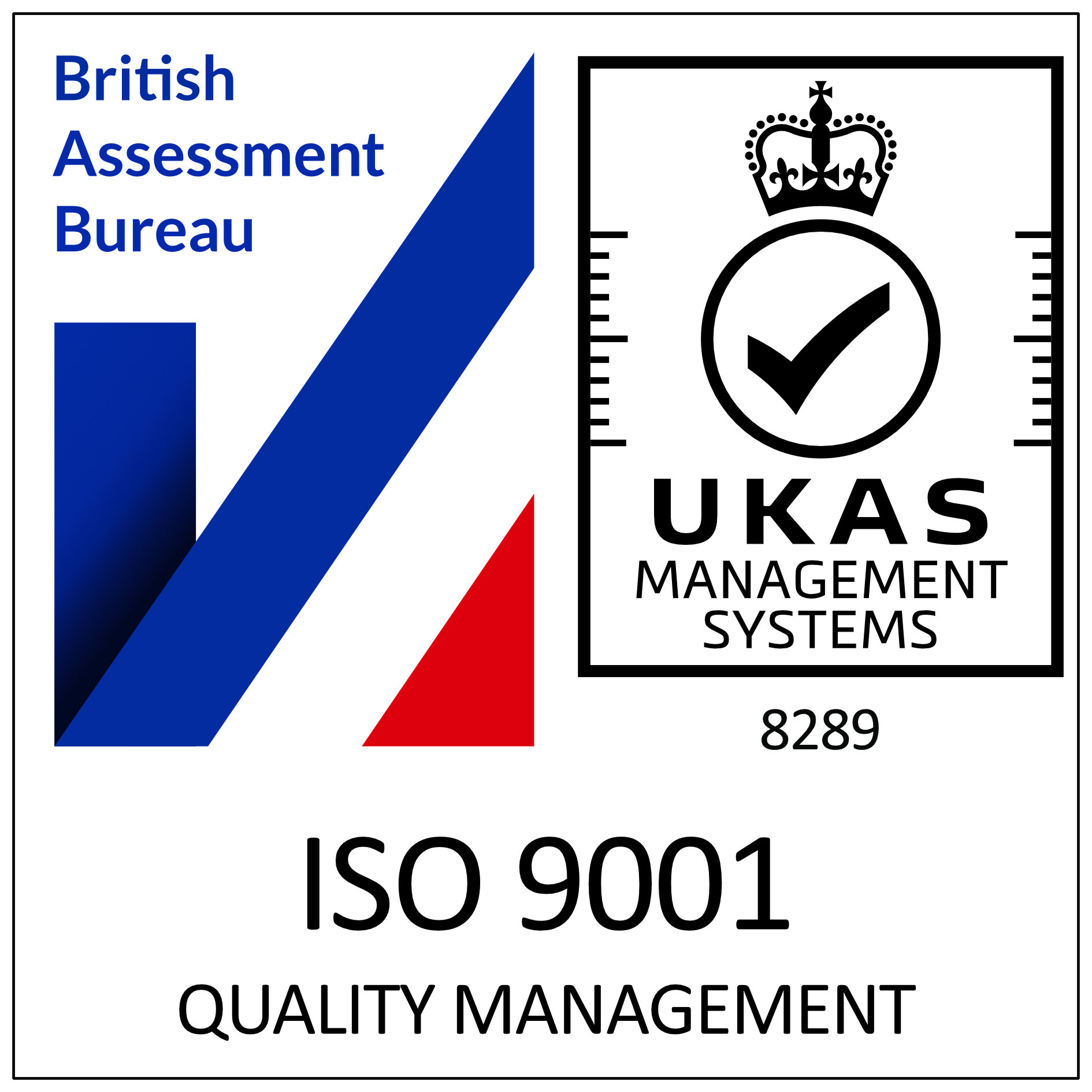Guide to the 3 basic categories of construction fixings and how they work.
To select the correct anchor or fixing for an installation it is important to know the three main types of working principles and understand how they work. The majority of fixings work in one of three ways (or a combination of them):
-
- Expansion
- Interlock
- Bonding
It is also important to understand how these three types impact the substrate.
Our quick Scell-it ‘Know how’ guide will give you the basic information.
1. Expansion
These anchors work on the principle of friction to hold them in place. The more contact they have with the internal substrate – the stronger they hold.
Through bolts, expansion anchors, deformation anchors, drop-in anchors, wedge anchors and sleeve anchors are all good examples. When installed correctly they expand outwards against the substrate and create a tight hold and resistance to a load applied (see through bolt example fig 1).

Because of the spreading nature of these anchors it is important not to set them too close to an edge or too close to each other. The integrity of the substrate is also important as – if it is weak or easily falls apart – the hold will be compromised.
2. Interlock
Interlocking anchors create a strong hold by cutting into a substrate with their thread. This cut created by their flutes creates a resistance against any load applied (see fig 2). This interlocking between the anchor and the substrate provides a high load carrying capacity.
These type of anchors will work even when set in a crack – which might open after the anchor is installed. This means interlock anchors’ are suitable to work in cracked or non-cracked concrete. Interlock anchors create very little stress in the substrate.

3. Bonded
Bonded or chemical resin anchors are typically used in problem areas or difficult substrates. They commonly use a combination of chemical bonding and interlocking to create a hold in the substrate.
These can be used close to the edge of concrete substrates, or through masonry block, as the non-expanding nature reduces the chances of it cracking the surrounding substrate. As with interlock anchors, bonded anchors have low stress on the substrate.

Conclusion
Whichever type is used – other factors need to be considered, such as:
- Installer competence.
- Substrate condition.
- Suitability and characteristics of the fixings.
Full technical specifications and specifier advice is always advisable before any installation.
For more information or advice call scell-it UK on 0330 010 1650.

